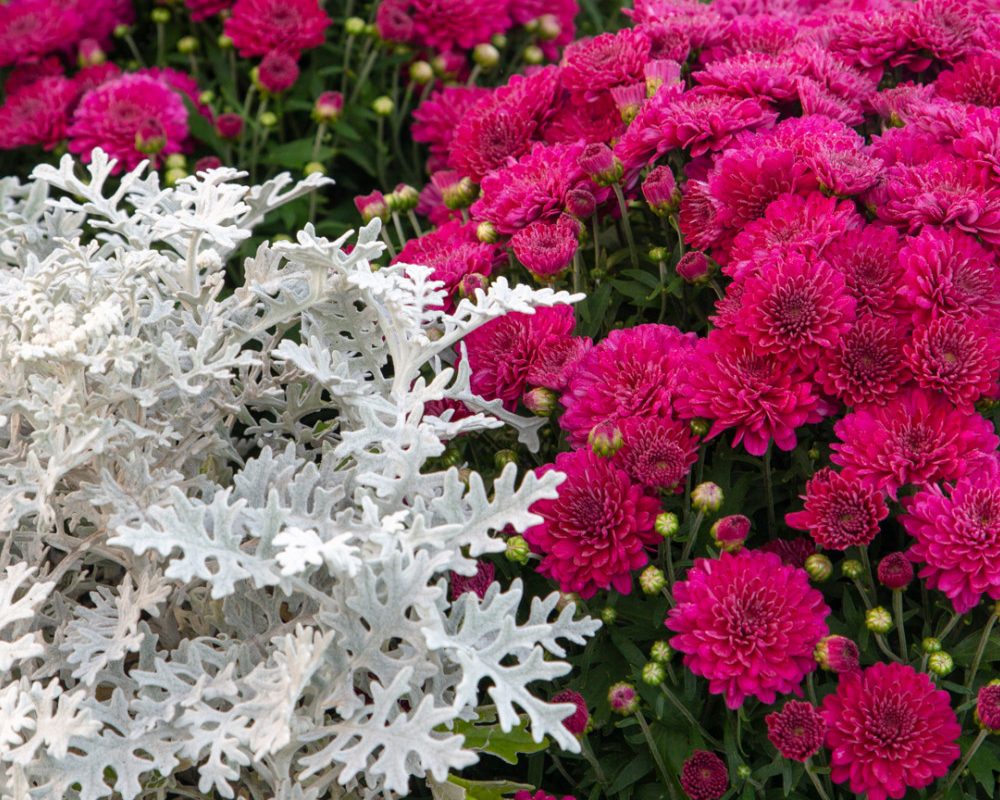
A few years ago, we had a photographer booked to capture some photos of a commercial property’s landscape
This property had wonderful outdoor spaces filled with winding paths, professionally designed gardens and impeccable lawns.
But we wouldn’t let the photos get taken until we had installed some annual flowers on the property.
Why? I’m glad you asked.
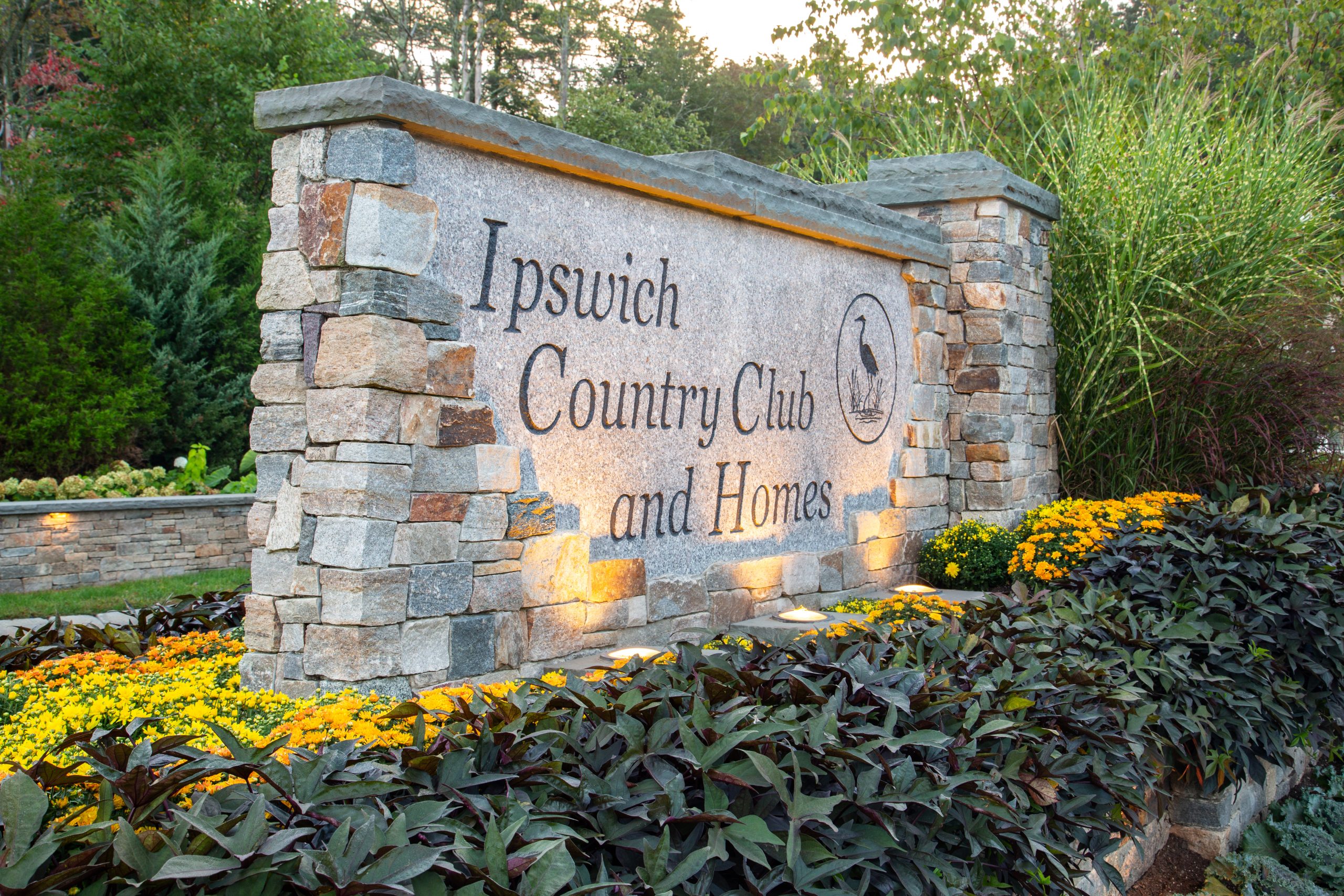
Annuals vs. perennials: The best gardens have both.
Simply put, you can’t have an award-winning, people-pleasing garden without annual flowers. Perennials are excellent foundation plants in any garden, but for bright and bold colors, you need to “punch it up” with annuals.
If you’re not familiar, annuals are flowers or plants that complete their entire life cycle within a single season. Whether planted in the late spring, summer or fall, annuals are usually exhausted and die off once the frost hits. Then they get replaced the next year!
Flowering perennials generally only bloom for 1–4 weeks in the spring or summer, with their best colors peaking for about four days (on average) in Massachusetts. In some cases, they bloom for months, but you won’t see the same bright colors you would with annuals. Trees — whether small ornamental ones or larger ones known for their colorful buds — may bloom in spring, but once summer rolls around you can’t count on them for flowers.
That’s why every garden needs a balance of trees, perennial shrubs and flowers, and annual flowers. Here are a few great examples of each:
- Dogwood, magnolia and ornamental fruit trees are commonly planted for the beautiful blooms. But once summer arrives the buds fall off and are replaced by leaves. (In some cases, certain species can bloom twice a year.)
- Daylilies, peonies, sedums, daisies, black-eyed Susans, hostas and coral bells are all common perennials in New England. But their blooming time varies. One moment, daylilies emerge from the ground, forsythia bushes burst forth with gorgeous hues of yellow, the peonies’ incredible fragrant blooms pop, and the next moment… they’re gone!
- Annuals, on the other hand, can hold a flower and bloom continually all season long. Begonias, petunias, geraniums and marigolds are all popular annuals that come in an incredible range of colors and which can bloom for months on end (from spring to frost!) with proper care.
All this to say… To keep a garden interesting all year round, a healthy mix of all types of plants, including a healthy infusion of annuals in spring, summer and fall, is necessary.
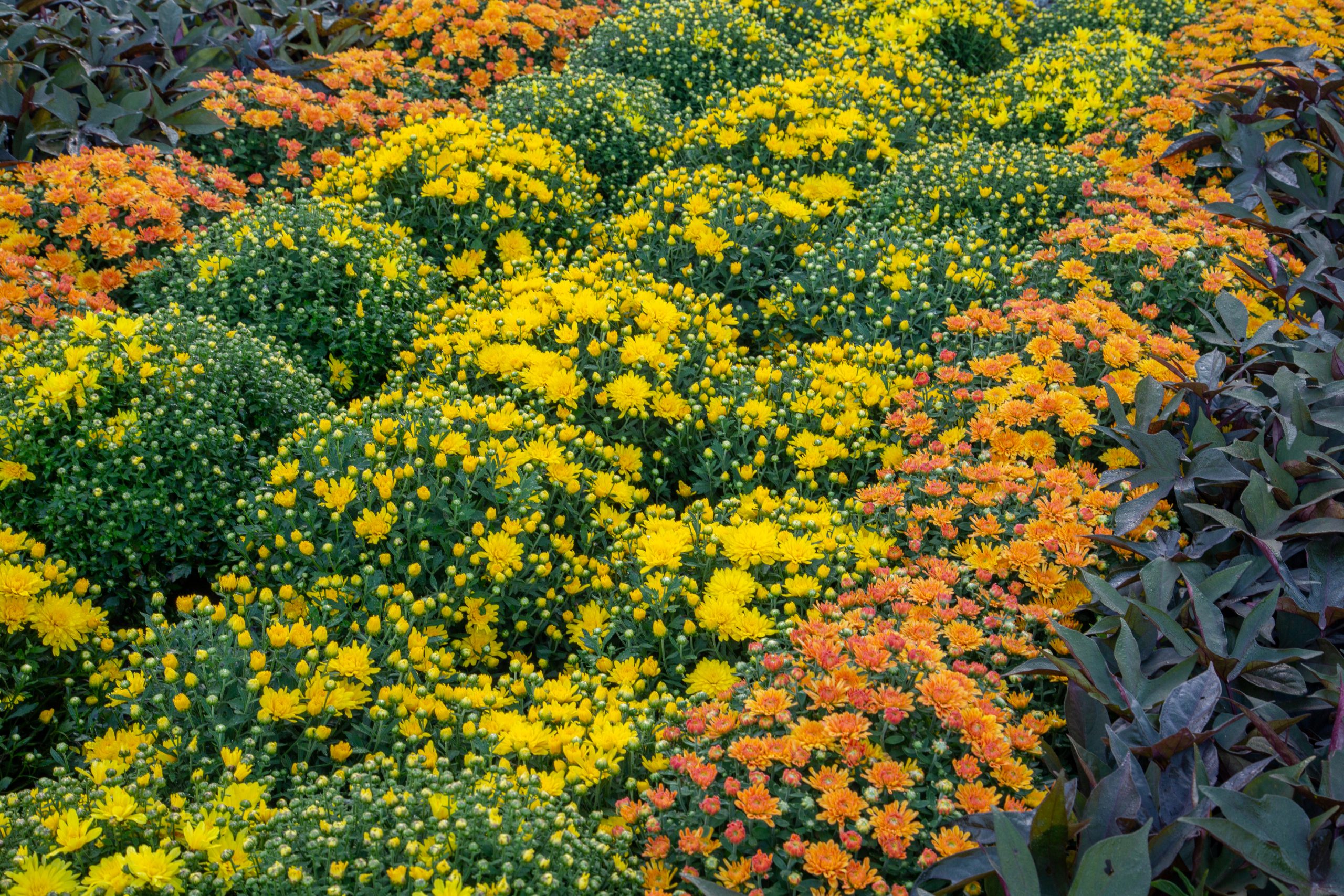
If your property has little space for gardens, consider containers.
Certain clients of ours have properties that don’t lend themselves well to large garden beds. For these clients, we recommend and install containers chock full of colorful annuals (which we call “seasonal decor” or “seasonal color.”)
Displayed throughout your property, these containers add bright bursts of color and seasonal decor throughout the spring, summer and fall to whatever parts of your property you choose. Front entranceways and porches are an obvious choice, but you may opt to add them to courtyards or backyards too.
We use the “thriller, spiller, filler” rule when planning these containers.
- The thriller is the focal point or centerpiece of the arrangement. These annuals typically grow taller and have more intense, colorful and vibrant blooms than the surrounding plants. In the spring, forsythia and pussywillow stems and spring bulbs like tulips, daffodils and hyacinths are excellent thrillers. For summer, mandevillas, hibiscus, canna lilies and more. Fountain grass is coming in the fall, and small evergreen trees can also be used as thrillers in all three seasons!
- The spiller borders the exterior of the planter, often “spilling” gracefully over the edge (hence the name). Common spillers we use include sweet potato vine, trailing vinca, dichondra, ivy and scaevola.
- The filler completes the arrangement. Although they’re not always necessary, fillers add color, texture and interest. Favorites include pansies and dusty millers in the spring; petunias, geraniums, begonias, zinnias, impatiens and more for the summer; and ornamental kale, cabbage and peppers, asters and (of course!) chrysanthemums for the fall!
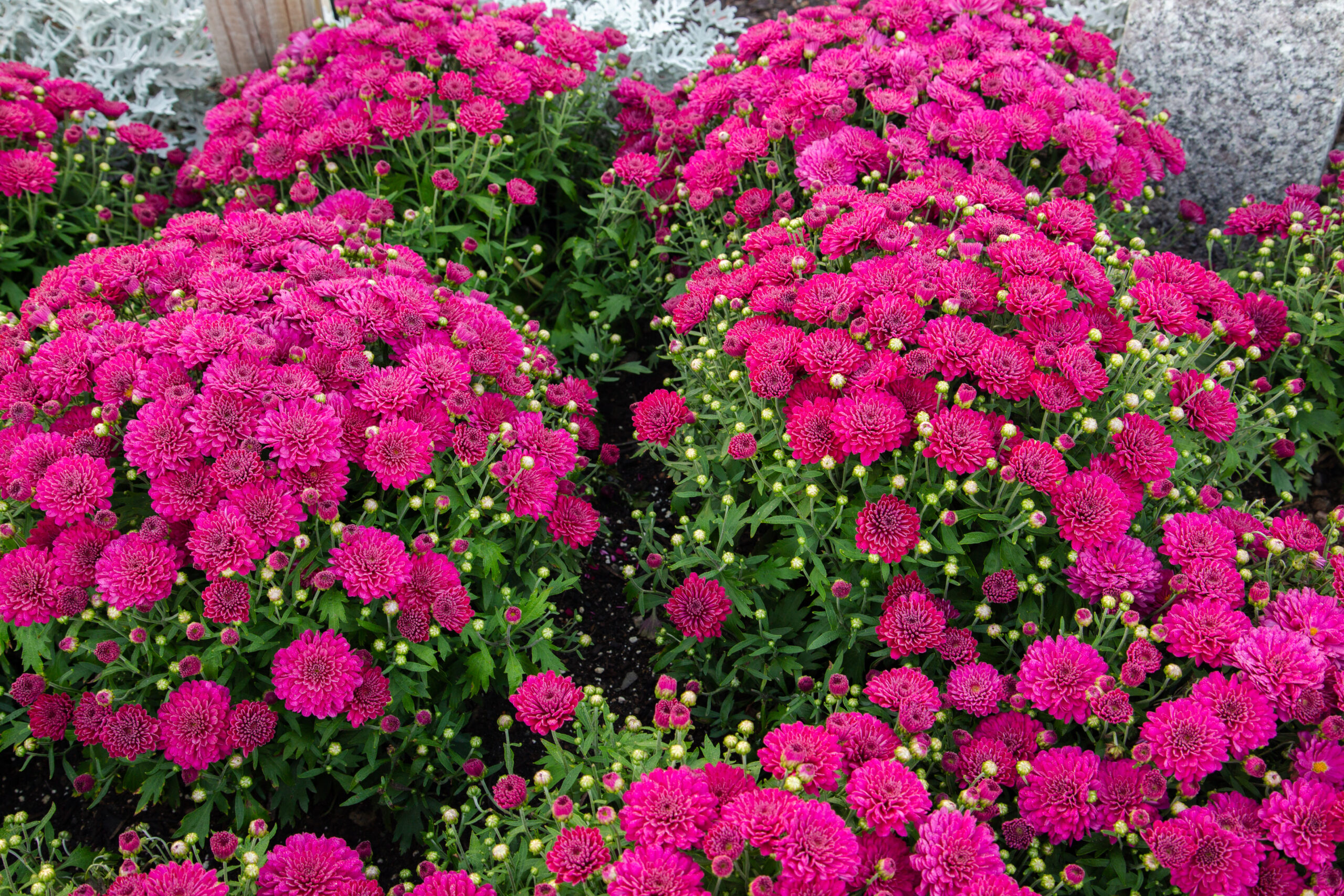
How do you choose what annuals to plant? Four factors that guide our decisions.
There are four factors we look at when determining which annuals to plant on your property.
- The existing structure of your garden beds, including what perennials you have and when they’ll be blooming. (We cover this at length in this post on the lifespan of plants.)
- Sun and shade exposure in each of your gardens (or where the containers will be located). Some flowers thrive in the sun, while others need some shade to reach their potential.
- The hardiness zone your property is located in. Hardiness zones are geographic areas, divided by climate, that help determine which plants grow best in any given location. These zones determine if a plant can survive the winter in your location.
- The availability of flowers from our local nursery and garden center partners.
When planning an annual garden bed or container, our team will bear all of these items in mind and together, we’ll choose the right plants for the right place.
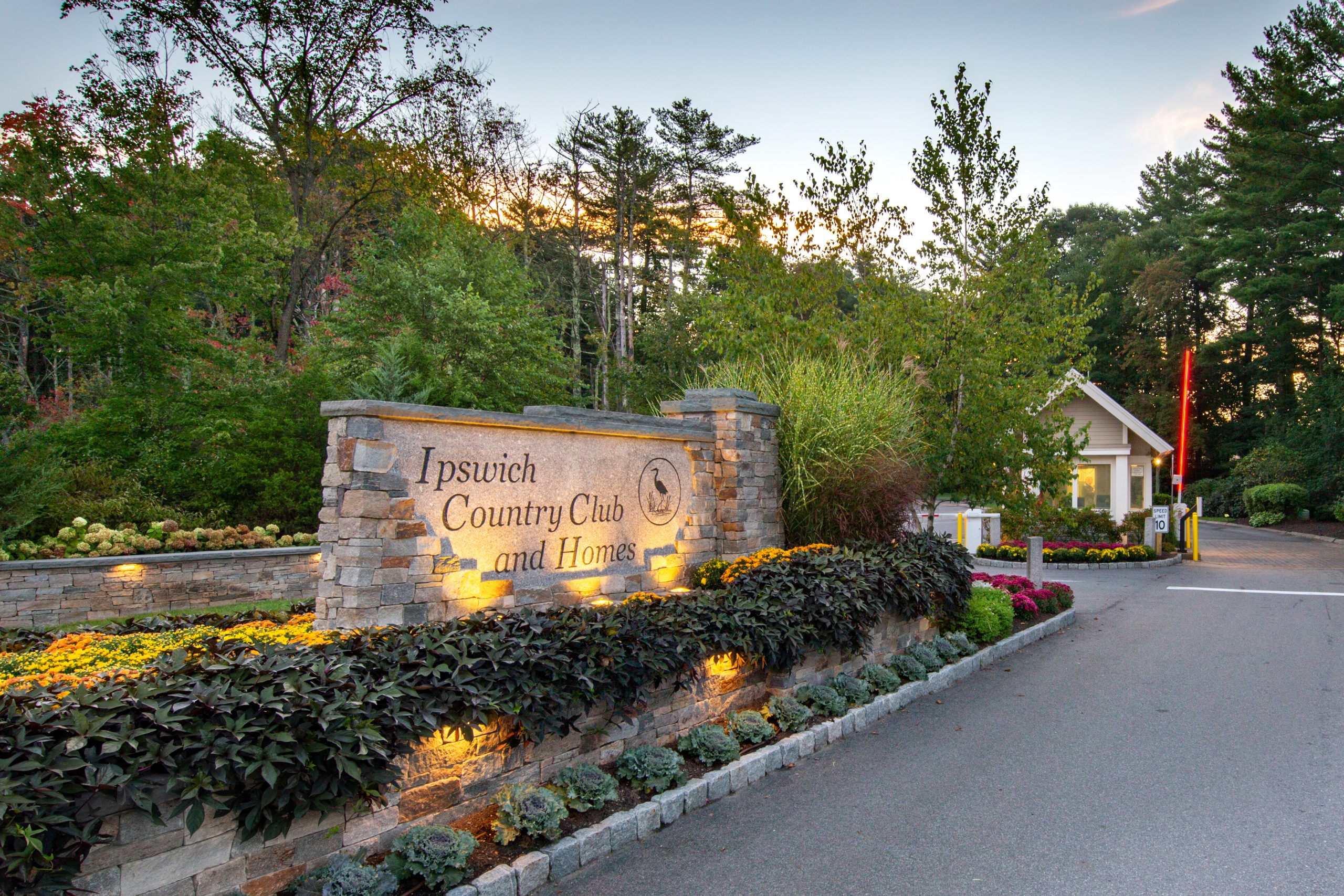
As for that beautiful property we had that photographer capture all those years ago?
You can bet that the annual flowers were thriving and the property looked better for it. Annual flowers have an incredible return on investment and can drastically increase your property value.
Beautiful outdoor spaces can raise the morale of your team, reaffirm the decision a customer has made to visit your shop, offer a visual reminder of residents’ condo fees at work, or make a property feel more welcoming for guests.
To get started on a seasonal color plan for your property, please get in touch with our team. We’re looking forward to helping!
